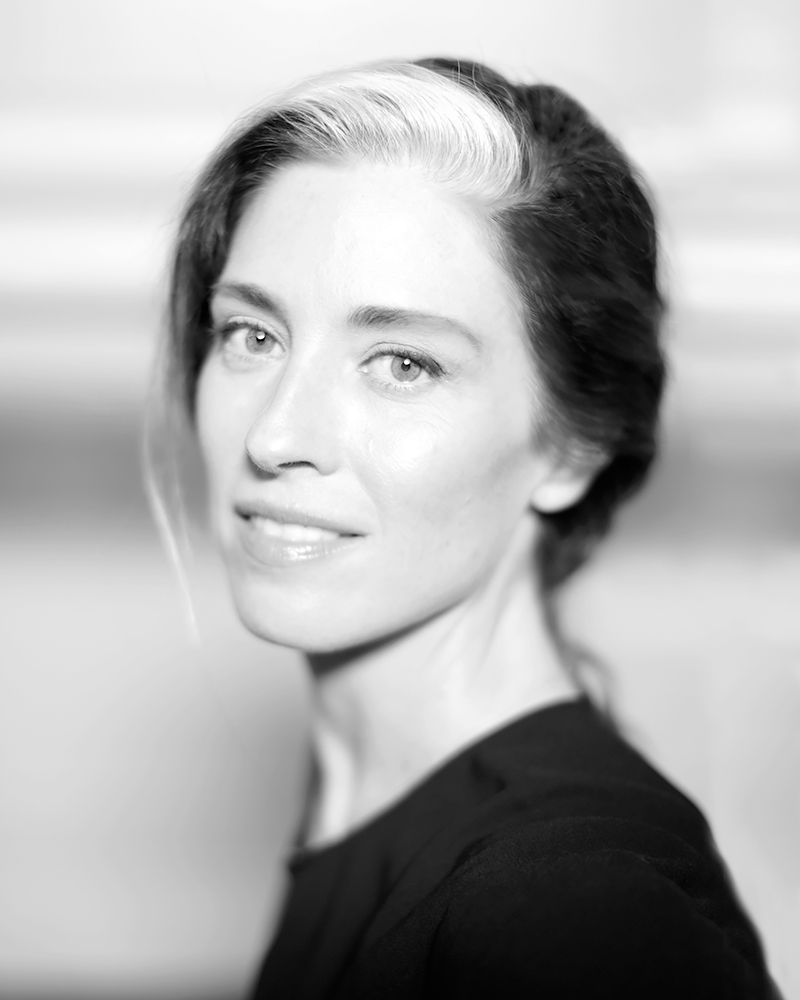Tatiana Wills is an artist photographing creatives, highlighting the personality behind the artistic practice.
Over the course of her multifaceted career, Wills ran the photo department at a notable entertainment agency in Los Angeles. While spearheading guerrilla marketing campaigns, her longing to be a part of a burgeoning art community was reignited, and she embarked on a personal project about the outsider art scene of the early aughts. She has photographed the likes of Shepard Fairey, Mister Cartoon, Gabrielle Bell, David Choe, Saber One, and Molly Crabapple. Other series in her vast repertoire include notable dancers and choreographers Kyle Abraham, Lucinda Childs, Jacob Jonas, and Michaela Taylor, along with a multitude of dance artists, all of which is inspired through a lifetime of documenting her daughter, Lily, and witnessing her journey to become a professional ballerina.
Her photography book, Heroes & Villains: Portraits of Contemporary Artists, with Roman Cho, is a collection of portraits featuring more than 100 of the most iconic figures in the contemporary creative world. Her work has appeared in numerous major magazines, including GQ, Time, Juxtapoz, Nylon, IdN, LALA Magazine, on the silver screen in Banksy's street art documentary, Exit Through the Gift Shop, and on street banners in New York City and throughout Europe. She has exhibited in several galleries winning several awards along the way.
She currently lives and works in Los Angeles, California.
Statement
To look at another person with intention is to engage in a moment of pure vulnerability. Especially now. There is so much available to us that shapes how we present and form ourselves for others that much of what constitutes us is also based on performance.
My work is about looking past these performances and arriving at a kind of unvarnished selfhood. Portraiture has a long and complex history with representation, but, no matter its form, it is also uncompromising in its commitment to exploring what makes us us. Our appearances and our gestures, how we occupy space in the world. It is a way of looking not only at ourselves but viewing each other as well, a nexus between private and public, interior and exterior, approachability and distance.
As someone deeply invested in and inspired by other artists in various fields, my current project has led to photographing creatives whose work often takes precedence over their own being. This project has culminated in my exploration of dancers, who, by the very nature of their field, are usually looked upon solely for the dexterity of their bodies and the ways in which those bodies can perform. My work pares them back, peeling away the performative qualities that usually define them, to arrive at that moment of vulnerability where they are free to be themselves in a new limelight.
Exclusive Interview with Tatiana Wills